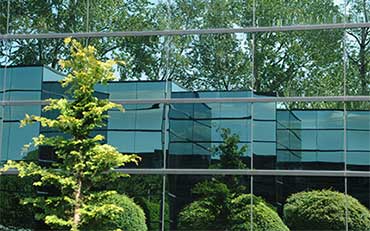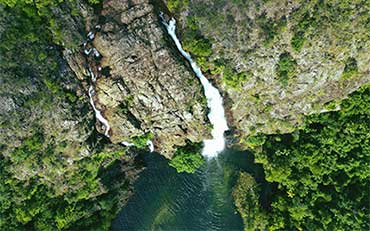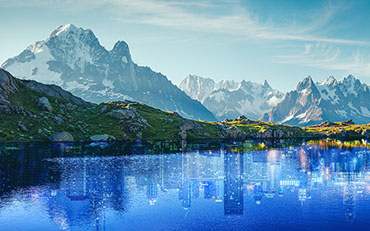ESRS E1.SBM-3 – Material impacts, risks and opportunities and their interaction with strategy and business model
Climate change is one of the most pressing challenges of our age, and Interzero is determined to help diminish the impact of the climate crisis and its consequences. As a leading provider of services for closing product, material and logistics loops, Interzero supports more than 80,000 customers across Europe in the responsible handling of resources and helps them to improve their own carbon footprint. The company enables organisations to implement circular processes, thereby contributing to sustainable, climate-friendly ways to do business. According to research conducted by the Fraunhofer UMSICHT Institute, Interzero’s recycling activities saved roughly 1.2 million tonnes of greenhouse gases in 2023 alone.
All of this means climate change mitigation is at the top of the agenda for Interzero. Its business activities have been shown to make a positive contribution to reducing greenhouse gas emissions, and rising demand for low-emission products and processes provides an opportunity for Interzero to enhance its reputation. Energy is another material topic in the context of the double materiality assessment. As a circular solutions provider with its own sorting and processing plants, Interzero operates in an energy-intensive sector with a high climate impact (NACE Code 38.32 Recovery of sorted materials). Transport and plant operations cause greenhouse gas emissions, which in turn create risks relating to rising carbon and operating costs.
As a supplement to the overview provided in ESRS 2 SBM-3, the table below presents the material IROs in the Climate Change category that Interzero has identified in the course of its DMA. The process for identifying IROs is documented in ESRS 2 IRO-1.






